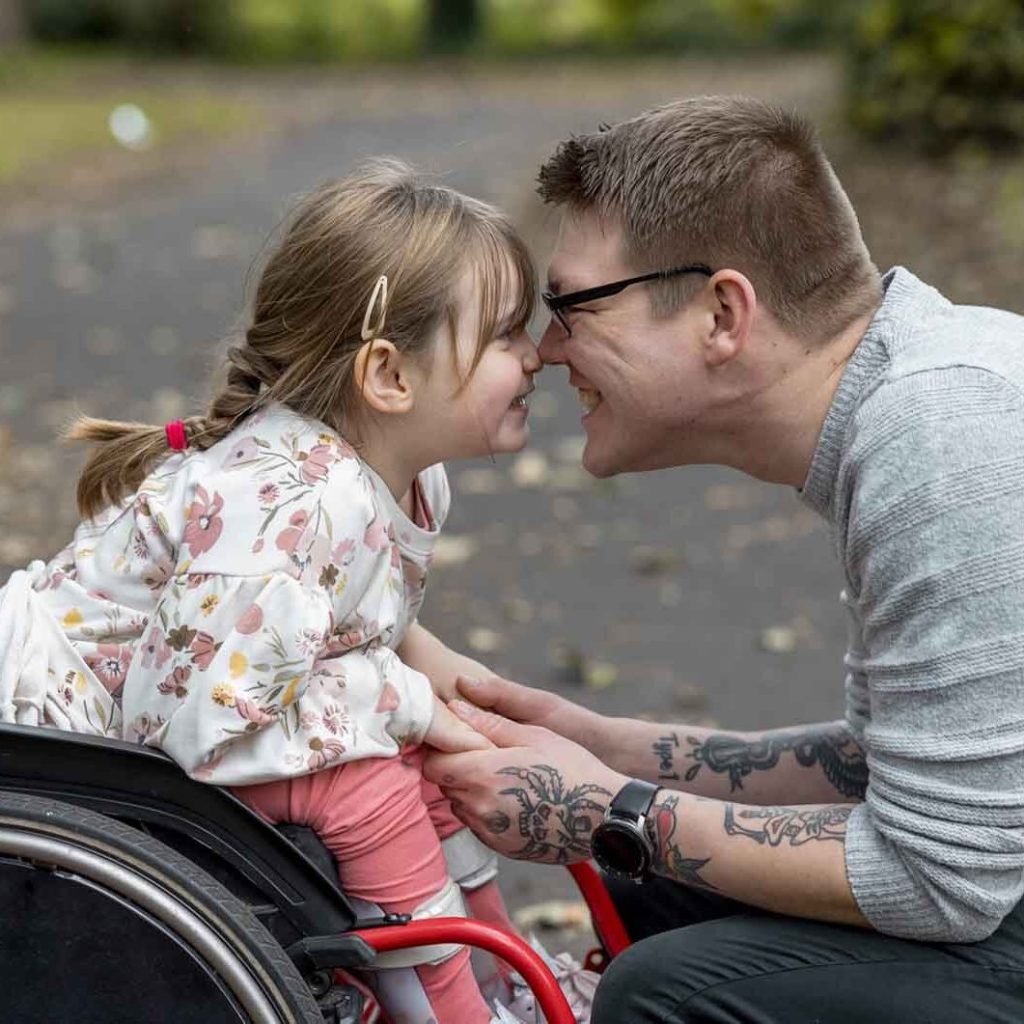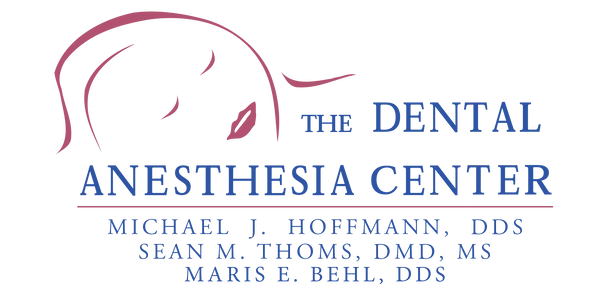The Dental Anesthesia Center is committed to providing a seamless, safe, and comfortable experience from when you arrive until you return home.
Sedation dentistry offers a peaceful, anxiety-free experience during dental procedures, but what happens after the visit is just as important. Whether you’ve had nitrous oxide, oral sedation, IV sedation, or general anesthesia, knowing how to care for yourself or a loved one post-procedure can make all the difference in recovery.
📞 Have questions after your visit? Contact us at (314) 862-7844.

🧠 Understanding the Types of Sedation and Recovery Timelines
Different sedation methods affect your body in different ways, and that includes how long recovery takes:
- Nitrous Oxide (Laughing Gas): Wears off within minutes; most patients can resume normal activities almost immediately.
- Oral Sedation: Effects may last several hours; patients should rest and avoid driving or complex tasks for the rest of the day.
- IV Sedation: Offers deep relaxation but requires a longer recovery, up to 24 hours.
- General Anesthesia: Full unconsciousness during the procedure with extended monitoring and a need for strict at-home care.
⏱️ Note: Always follow your dentist’s specific instructions, as timelines may vary based on the procedure and patient response.
🚗 The Ride Home: You’ll Need a Trusted Companion
If you’ve had oral sedation, IV sedation, or general anesthesia, you will not be allowed to drive yourself home. A responsible adult must accompany you and remain with you for several hours post-procedure.
We recommend having your ride assist with:
- Transportation
- Monitoring during the initial recovery phase
- Helping with medication schedules, if needed
🛏️ At-Home Recovery: Rest Is Key
Your body needs time to process the sedation medication and heal from the dental procedure. For the first 12–24 hours:
- Avoid strenuous activity or operating heavy machinery
- Rest in a comfortable, quiet environment
- Keep your head elevated if instructed
- Avoid alcohol, smoking, or recreational drugs
Don’t worry if you feel drowsy or forget parts of your day—that’s normal and temporary.
🍲 Eating and Drinking After Sedation
Depending on the sedation type and procedure, your dentist may advise you to wait before eating or drinking. Here are general guidelines:
- Start with clear liquids (water, broth, apple juice)
- Gradually introduce soft foods like yogurt, mashed potatoes, or scrambled eggs.
- Avoid hot, spicy, or chewy foods until numbness fully wears off
And always follow any specific dietary restrictions given for the procedure (e.g., after tooth extraction or surgery).
💊 Pain Management and Medication
Some post-procedure discomfort is normal. Your dental team may prescribe or recommend over-the-counter medications for:
- Pain
- Inflammation
- Infection prevention
Make sure to:
- Follow dosage instructions carefully
- Avoid mixing medications with sedatives unless approved
- Call the office if pain increases or persists beyond expectations
🧩 Special Considerations for Children and Patients with Special Needs
Children or patients with disabilities may experience disorientation, irritability, or restlessness after sedation. Comfort them with:
- Familiar objects or routines
- A calm, quiet space
- Close monitoring for behavior changes
We encourage caregivers to reach out with any questions during recovery.

🪥 Looking Ahead: Your Follow-Up Plan
Recovery doesn’t end when you walk out the door. We’ll provide clear instructions for:
- Oral hygiene during healing
- Future appointments or treatments
- Tips for managing anxiety before your next visit
At The Dental Anesthesia Center, your care doesn’t stop after sedation—we support you every step of the way.
A Safe, Comfortable Recovery Starts with Preparation
Knowing what to expect after sedation helps eliminate surprises and stress. With the right support, rest, and follow-up, you’ll feel like yourself.
📞 Have questions after your visit? Contact us at (314) 862-7844.

